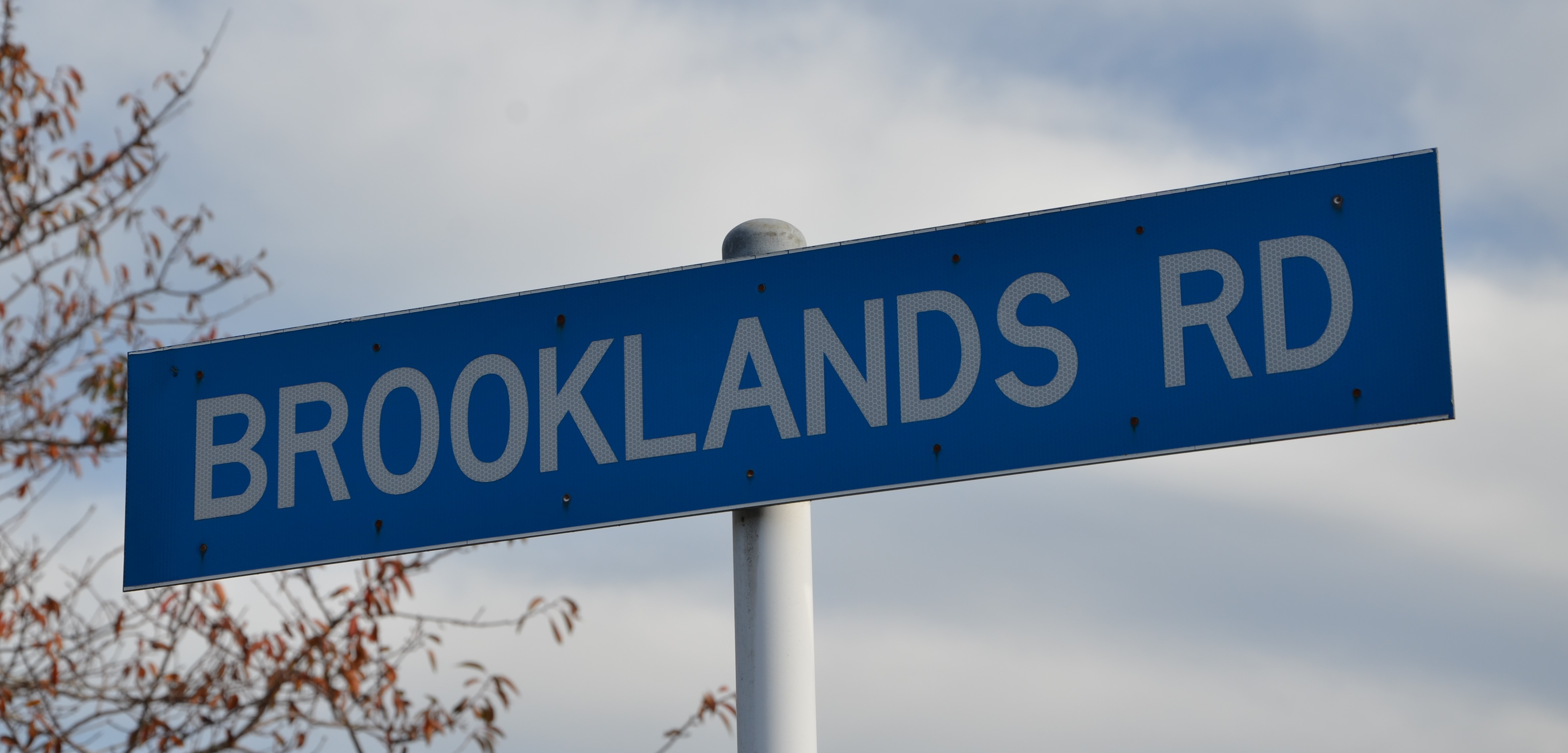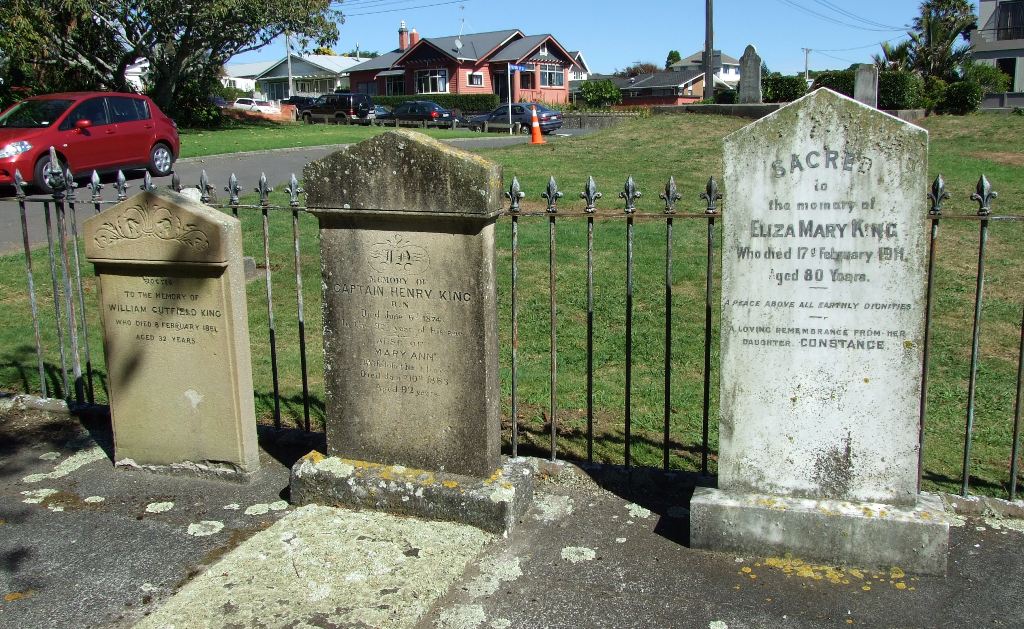



Captain Henry King was one of New Plymouth's early settlers. He was born in England in 1783 and emigrated to New Zealand in 1841 on the Amelia Thompson. One of his first land purchases was an area of land in lower Vogeltown he named 'Brooklands'.
As Pukekura Park was developed in the 1870s, and the town expanded to the south, a track beside the park was cut through the estate. It became known as Brooklands Road.
By the 1890s, 'Brooklands', now partly owned by businessman Newton King, was needed for the residential demands of the growing town. But spending money to lay metal on the road caused a dispute. Many thought Carrington Road the better route into the "back country". Arguments flared among representatives of the local roads boards that had to pay. Taking a long time to resolve, lower Brooklands Road was only covered by metal in about 1909.
Small sub-divisions of land along Brooklands Road continued intermittently from then on. The most significant development was to occur in the 1930s.
One of the Government’s solutions to the prolonged economic slowdown during the Depression years was to borrow money and employ people to start building so called 'state houses'. In 1937 a rudimentary land survey was conducted in Vogeltown to lay out an area for future development of these houses. The area included part of Brooklands Road and that bounded by what became Kaimata, Cornwall, Exeter, Somerset and Upjohn Streets.
The first houses were completed on Brooklands Road at numbers 103, 105 and 107. On completion, the houses and new tenants were featured in newspaper articles. The local company that built them was Jones and Sandford; a part of the company still operates in New Plymouth today.
This story was originally published in the Taranaki Daily News.
Please do not reproduce these images without permission from Puke Ariki.
Contact us for more information or you can order images online here.